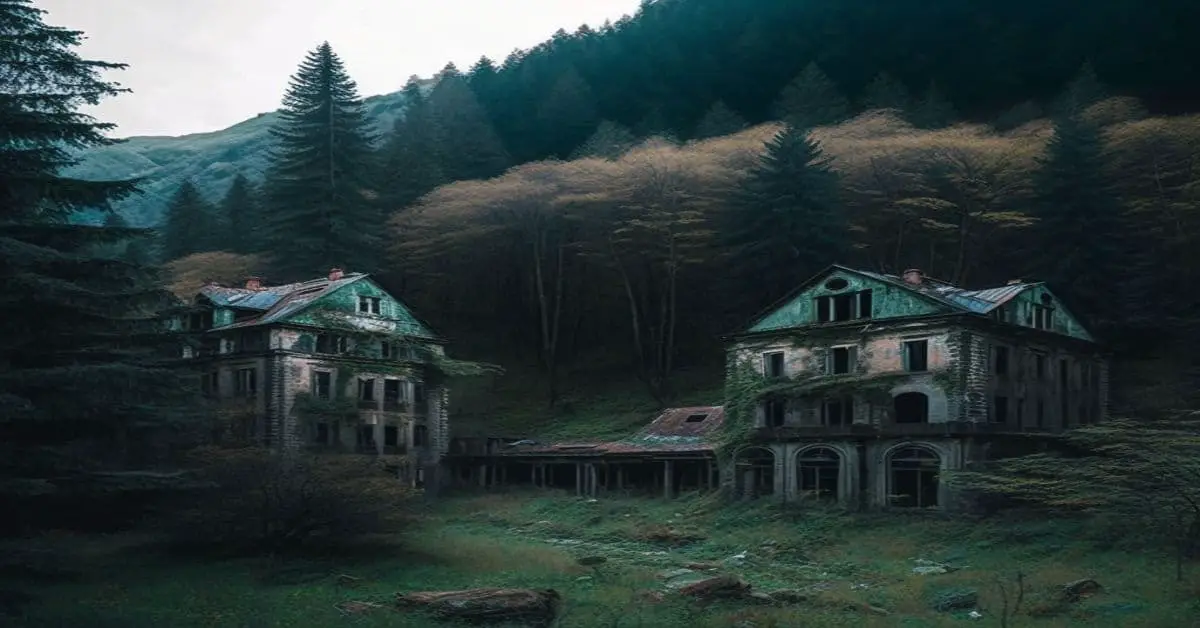Iowa Hill, California, Placer County is a captivating ghost town that once flourished during the Gold Rush era. Nestled in the Sierra Nevada mountains, this town offers a glimpse into the past with its rich history and enduring ethos. Below is detailed information about the town.
County: Placer County
Zip Code: Not available
Latitude / Longitude: 39.1031° N, 120.8708° W
Elevation: Approximately 2,861 feet (872 meters)
Time Zone: Pacific Time Zone (PT)
Established: 1853
Disestablished: Not available
Comments: Iowa Hill (formerly, Iowa City) is an unincorporated community in Placer County, California Ghost Townlifornia. The town is located 6.5 miles northwest of Foresthill 9 miles east of Colfax and 58 miles northeast of Sacramento.
It lies at an elevation of 2861 ft. The community relies completely upon solar panels and generators for power. The population is around 200 people. Iowa Hill Road claims a small handful of lives every decade, and along with its “off-grid” status, prevents the town from growing in population. The community boasts many hardcore cyclists and is appealing to visitors due to the abundance of recreational opportunities.
Iowa Hill was originally established as a mining town during the California Gold Rush, attracting many miners seeking their fortune. At its peak, the town had a population of around 1,000 residents and boasted various amenities, including saloons, stores, and a post office. However, a series of devastating fires in the late 19th and early 20th centuries, combined with the decline in gold mining, led to its decline.
Despite this, Iowa Hill remains a point of interest for history enthusiasts and those drawn to the remnants of its past.
Remains: Today, Iowa Hill is characterized by a few standing structures, such as the old Iowa Hill General Store, which still serves the small community and visitors. The town also features historical markers and remnants of mining equipment, offering a tangible connection to its storied past.
Iowa Hill Road is a very steep, one-lane, winding road embedded within the mountains. There are no safety guardrails. Since ambulance service from Colfax takes a long time, emergency medical transport is supplemented by CALSTAR, the area’s air rescue helicopter. A landing pad is located next to the town firehouse.
Current Status: Iowa Hill is considered a ghost town, with a very small, resilient population that continues to inhabit the area. The town’s isolated location and historical significance attract visitors interested in exploring its legacy.
In 1920, a fire virtually destroyed the town. What remains is an old Wells Fargo vault, the old firehouse, a couple of other old buildings, and two cemeteries. Iowa Hill is now registered as California Historical Landmark #401.
Remarks: Iowa Hill is a tribute to the perseverance and adventurous spirit of those seeking prosperity in the Sierra Nevada. Its enduring presence offers a unique opportunity for exploration and reflection on the challenges and triumphs of the Gold Rush era.
Visitors today can enjoy the scenic beauty and quiet solitude of this historical site, making it a worthwhile destination for those seeking a deeper understanding of California’s past. In 1851 or 1852, miners from Iowa discovered gold here. The Iowa City post office opened in 1854.
Stores, breweries, saloons, fraternal lodges, homes, a church, a school, and Temperance Hall are examples of businesses thriving in Iowa Hill in the mid-1850s. The town produced about one hundred thousand dollars per week in gold in 1867. In 1901, the post office changed its name to Iowa Hill.


